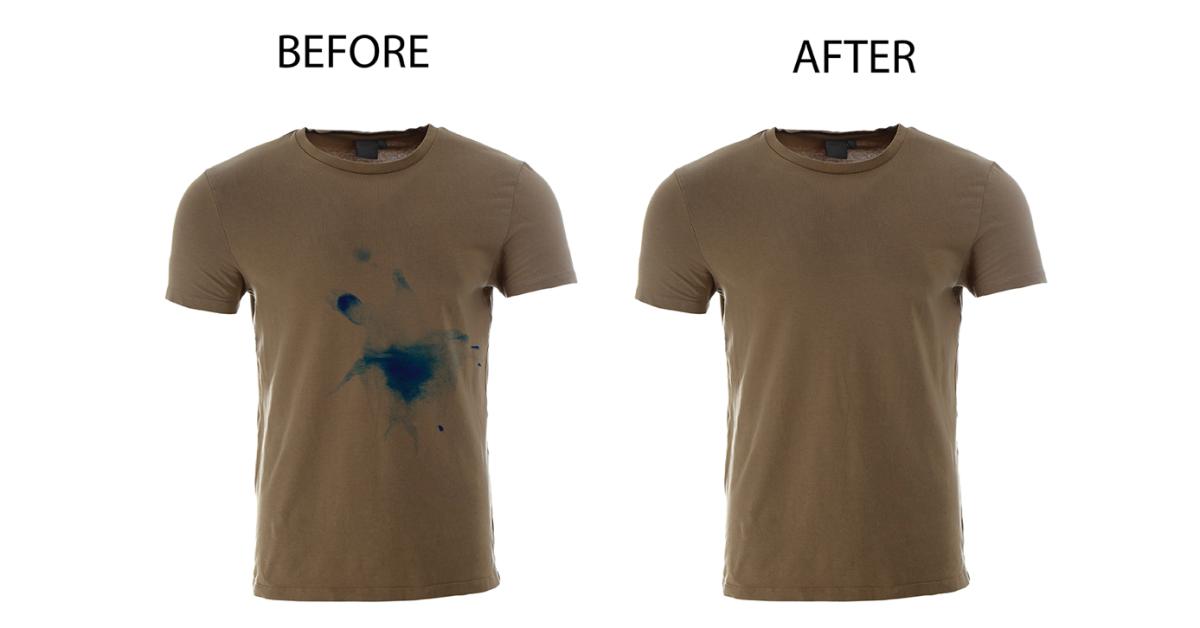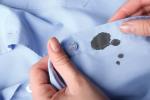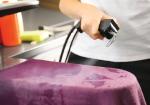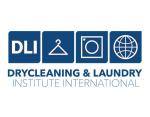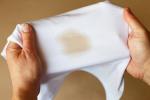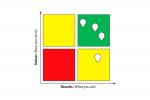CHICAGO — So how do you rebuild stain removal expertise in an industry that’s lost much of its foundational knowledge?
According to some educators, the answer isn’t found in quick fixes or memorized recipes. Instead, it requires going back to basics — understanding fabric science, developing diagnostic skills and using all your senses to identify the stain.
In Part 1 of this series, we explored the growing knowledge gap in spotting and how technology can be both benefit and detriment to getting stains out. Today, we’ll continue by examining the philosophy and mechanics behind stain removal training.
Building Knowledge from the Ground Up
Brian Johnson, education director for the Drycleaning & Laundry Institute (DLI), says he believes that effective stain-removal education starts with fundamentals rather than jumping straight to techniques and recipes.
“It’s just like in music,” he says. “We start with fundamentals such as fibers, fabrics, dye types and stain chemistry. We do all that before we even pick up a spotting gun. By explaining why specific chemicals and techniques work, cleaners develop the ability to reason and problem-solve, rather than relying solely on memorized procedures.”
Alan Spielvogel, director of technical services at the National Cleaners Association (NCA), takes a similar approach, emphasizing the importance of understanding over memorization.
“It’s more than the recipe or the steps involved to take the stain out,” he says. “Every type of fabric, every type of finish, every type of print may have different characteristics. So, it’s more about going back to the basics and having a good knowledge of different types of fabrics rather than throwing bottle No. 1 or bottle No. 2 at it, hoping to remove the stain.
“If you don’t have the basics, you can’t build on that and become the best stain remover in the world.”
The Art of Diagnosis
Perhaps no skill is more critical to successful stain removal than proper identification of the stain and fabric being treated. Both men have found that this diagnostic phase requires engaging multiple senses, along with careful observation.
“You should train the eye and the mind together with this process,” Johnson says. “They should practice identifying stains by the feel — if it’s stiff or hard — and by the appearance. Is it on the surface or did it penetrate through the fabric? They should also note the location of the stain. Is it on the collar, the knee or the back? They also need to notice the odor and the color of the stain. This process becomes second nature once you get some experience behind you.”
Spielvogel breaks down the diagnostic process further.
“Most of the identification of a stain you can accomplish with your senses,” he says. “Look at the stain. Color isn’t always a reliable way, but sometimes it’ll help. Look at the location of the stain. If you have rings under the underarms of a silk blouse, you know it’s not coffee. You understand that just by the location.
“As far as smelling the stain, some stains do give off an odor. If you fog the stain before you put it on the spotting board, sometimes you’ll get a scent and you can identify what it is. As far as touching it, is it stiff? Could it be glue? Could it be nail polish? Very often, these stains use the same procedure.”
Spielvogel says that one particularly useful diagnostic technique involves protein-based stains: “Protein albuminous stains, if you scratch them, turn white — it’s the easiest stain in the world to identify.”
Building Confidence Through Progressive Training
Both educators structure their training to build confidence gradually, starting students with manageable challenges before progressing to more complex scenarios.
“Starting simple gives them practice with how to handle the stain removal tools and chemicals,” Johnson says. “And as these stains are successfully removed, their fears decrease and their confidence grows.”
And then he tests those new skills: “I set them up with easy stuff and make them get overly confident, and then I throw a couple tricks at them at the end to bring it back down.”
For high-end garments that often intimidate cleaners, Spielvogel recommends thorough preparation through research: “There’s a giant market in couture garments for cleaners. A lot of cleaners are scared to do them because they don’t have an understanding of trimmings, dyes and the different techniques.”
The solution to this, he believes, is systematic education.
“The NCA has a library of technical bulletins,” he says. “There’s probably a hundred or so bulletins. If they start reading them, they’ll be able to recognize the characteristics and problems associated with certain trimmings and fine fabrics.”
Come back Thursday for the conclusion, where we’ll look at how to avoid common mistakes, knowing when not to accept certain items, and how to pass on hard-won knowledge to others in the plant. For Part 1, click HERE.
Have a question or comment? E-mail our editor Dave Davis at [email protected].

